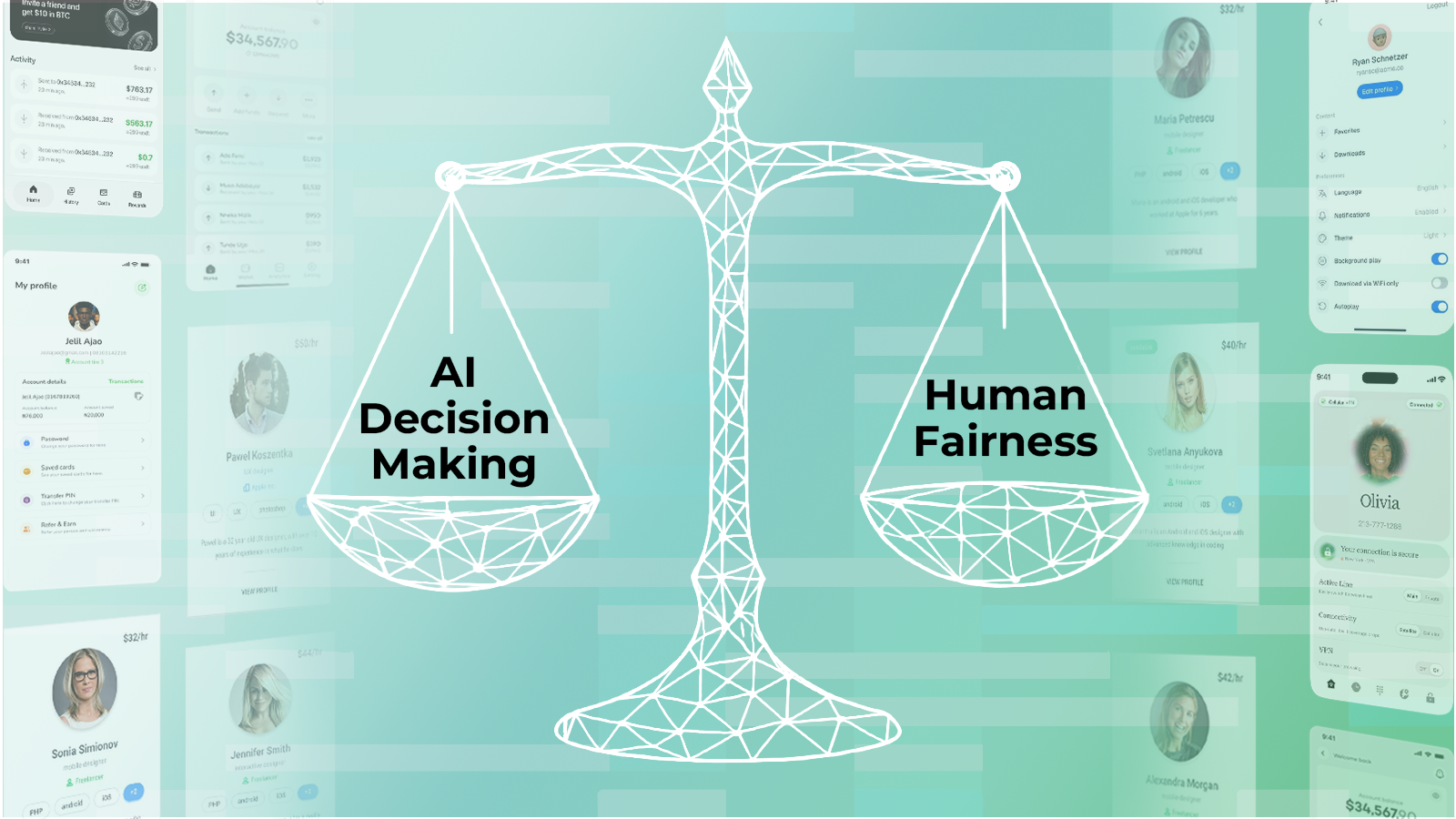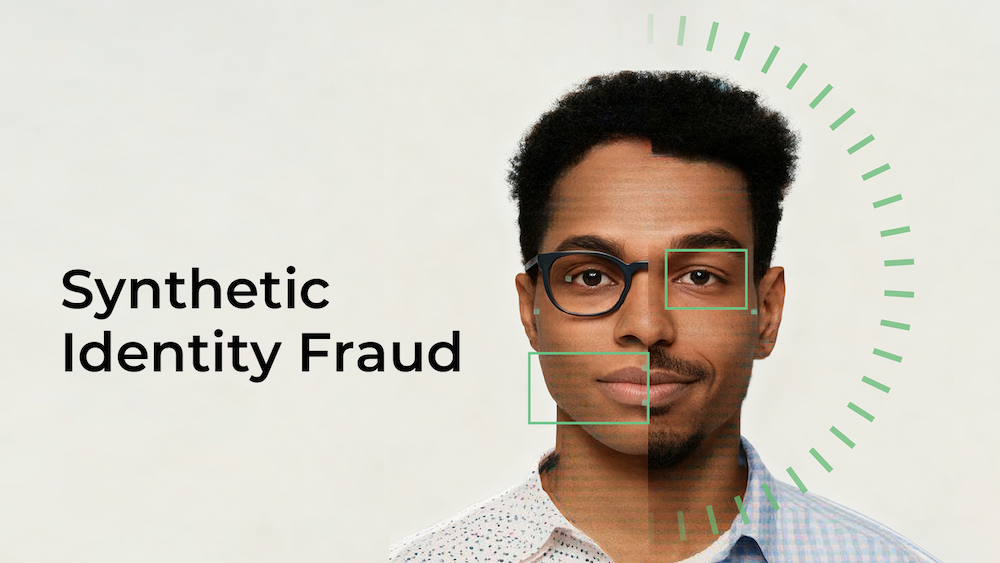We do not offer, support, or condone any illicit services mentioned in this glossary. We also do not sell any data to illegal entities. These terms are provided solely for educational and awareness purposes to help businesses understand and prevent fraud.
What is Active Authentication?
Active authentication is a method of identity verification where users must perform an explicit action to validate their identity and gain access to systems, accounts, or perform sensitive transactions. This form of authentication is widely used for securing access to online platforms, financial systems, and critical data.
Unlike passive authentication, which works in the background, active authentication requires users to interact directly with the system. While highly effective in preventing unauthorized access, active authentication may sometimes impact user experience due to the added effort required for verification.
How Does Active Authentication Work?
User Input
Users are prompted to provide credentials or verification inputs, such as:
- Passwords or PINs: Traditional methods requiring a secret code known only to the user.
- Biometrics: Fingerprints, facial recognition, or voice recognition.
- One-Time Passwords (OTPs): Temporary codes sent to the user’s registered email or mobile number.
Verification
- The system compares the provided input against stored data (e.g., hashed passwords, biometric templates, or token records).
- If the input matches, access is granted or the transaction is authorized.
Multi-Factor Authentication (MFA)
Often, active authentication incorporates multiple factors for enhanced security, combining:
- Something the user knows (password or PIN).
- Something the user has (OTP or hardware token).
- Something the user is (biometric data).
Use Cases
Legitimate Scenarios
- Online Banking: Verifying identity during logins or transactions using OTPs or biometric scans.
- E-Commerce Checkouts: Requiring users to authenticate purchases with a password or payment PIN.
- Corporate Access: Protecting sensitive data or systems with biometric access controls or MFA.
Fraudulent Use Cases
- Credential Stuffing Attacks: Fraudsters use stolen usernames and passwords to attempt unauthorized access.
- Social Engineering Exploits: Attackers trick users into revealing passwords or OTPs through phishing or vishing (voice phishing).
- Biometric Spoofing: Fraudsters attempt to bypass biometric authentication using fake fingerprints or synthetic face models.
Impacts on Businesses
Positive Impacts
- Stronger Security: Active authentication provides robust protection against unauthorized access, especially when paired with MFA.
- Regulatory Compliance: Meets security standards for industries like finance, healthcare, and e-commerce (e.g., PSD2’s Strong Customer Authentication).
- Fraud Prevention: Effectively reduces the risk of account takeovers and unauthorized transactions.
Negative Impacts
- User Friction: Requiring active authentication can disrupt user experience, leading to potential drop-offs or dissatisfaction.
- Operational Costs: Implementing and maintaining advanced active authentication methods (e.g., biometrics) can be expensive.
- Vulnerabilities to Attacks: If active authentication systems are not properly secured, they can be exploited by fraudsters (e.g., brute force attacks on weak passwords).
Reputational Damage
- Perception of Inconvenience: Excessively stringent authentication requirements can frustrate users, affecting trust in the platform.
- Security Failures: If an active authentication system is breached, it can harm the organization’s reputation and customer trust.













